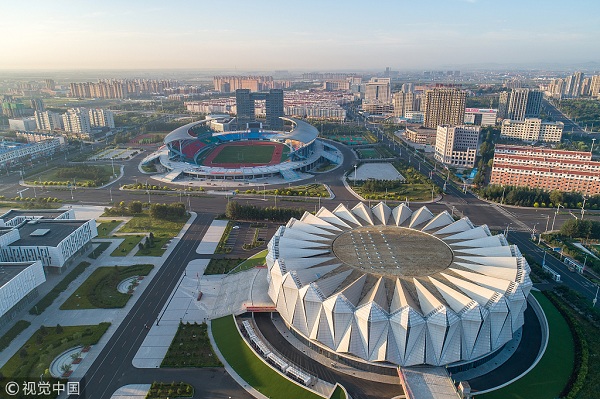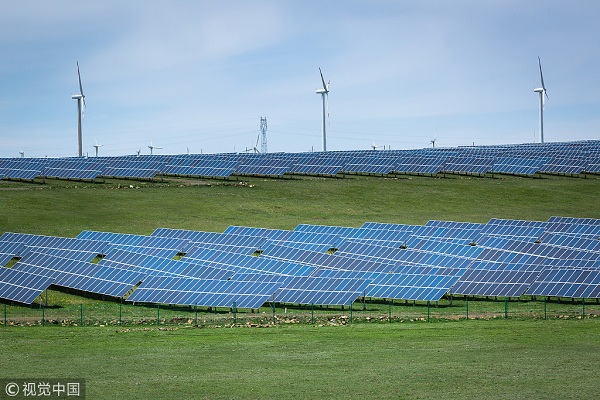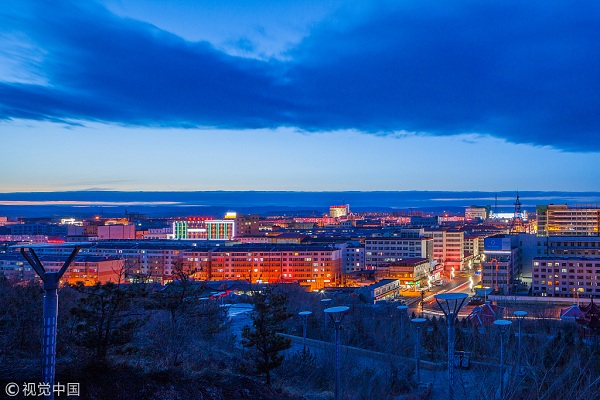Four industries support quality development in Ulaanqab

An aerial view of Ulaanquab Stadium in the city of Ulaanquab, Inner Mongolia autonomous region [Photo/VCG]
The industrial system in Ulaanqab, Inner Mongolia autonomous region led by four major industries–big data, logistics, new energy and new materials–will ensure the quality development of the city, said Su He, deputy mayor of Ulaanqab, at a government work news conference Nov 8.
Ulaanqab was rated “the most suitable city for data center investment” by the Data Center Industry Alliance of China due to its stable geological environment, cool climate and preferential electricity prices.
In recent years, the government has made great efforts to develop the big data industry and build Ulaanqab into North China’s big data center similar to Guiyang, in South China’s Guizhou province. The only two data centers for Apple Inc in China are based in Ulaanqub and Guiyang. The primary nodes of Huawei cloud services are also based in the two cities.
So far, eight data centers with 70,000 servers have been established in Ulaanqab, which also promote the development of whole big data industrial chains.
In the logistics industry, the Miaoliang Logistics Park, which covers 100 square kilometers, has been completed. The park directly sends coal to Caofeidian Port through the newly built Zhang Tang Railway.
The city is also taking advantage of the China-Europe trains to build overseas logistics parks through cooperating with Russia and Mongolia. So far, the city has launched 126 China-Europe trains, transporting 163,800 tons of cargo worth $363 million.
As one of the region’s major power bases and an important part of the west-east electricity transmission project, Ulaanqab has also seen great development in the new energy sector.
The city’s annual installed capacity of wind and solar power was up 6.315 million kilowatts, accounting for 20 percent of the total installed capacity of clean energy in the region. By 2020, a new energy base with annual capacity of 14.5 million kW will be constructed in the city. More new energy projects are well underway.
Based on abundant graphite and metal resources, the city is also achieving strong development in the new materials industry. Various graphite materials are produced in the city, including graphite electrode, high purity graphite, flexible graphite and anode materials for lithium ion batteries.
In addition, the city’s high-end chemical industrial chain has been expanded with PVA production capacity accounting for 60 percent of the region’s total.
To maintain such momentum, Su said that more preferential policies would soon be introduced to attract further investment through improved government efficiency and an optimized commercial environment.

Photovoltaics units and Wind turbines operate on Huitengxile Grassland in Ulaanqab [Photo/VCG]

Ulaanqab as night falls [Photo/VCG]



 Print
Print Mail
Mail


